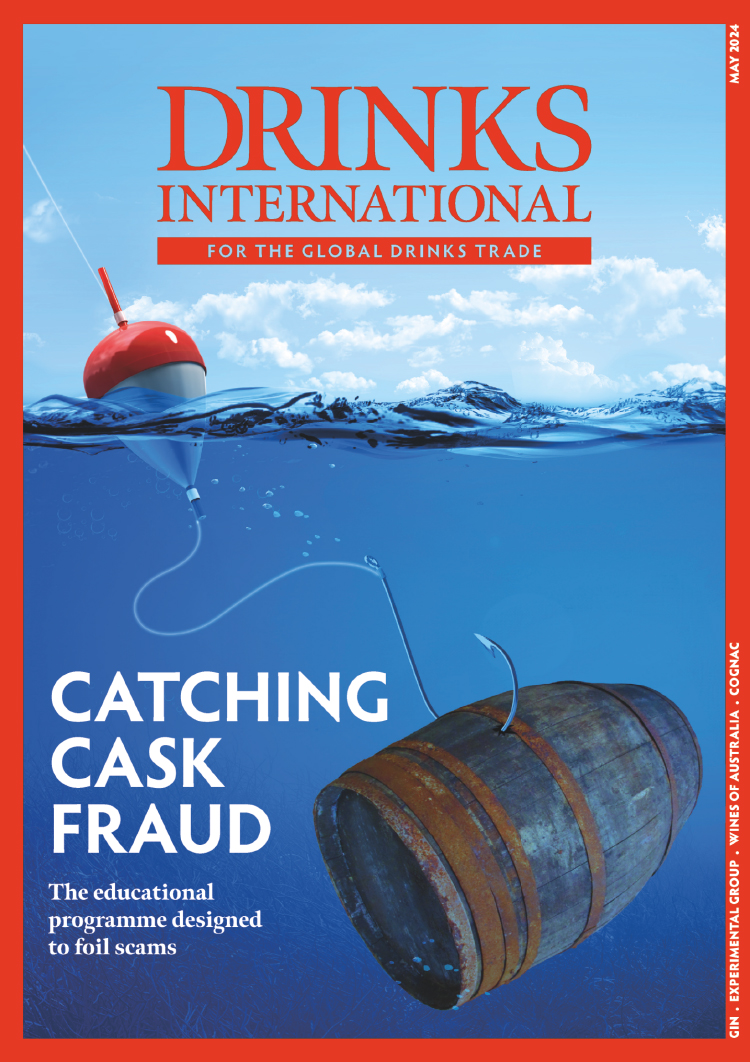This was around the time of the DCL /Guinness merger and there was a feeling something might be lost in the amalgamation.
“I thought what they wanted was exemplary,” says Morgan. “But what they really wanted was a historian to make it relevant to their business.” He made his case and the history doctor got the gig.
“It was a huge culture shock,” he confides. The project was given two/three floors of a former Crabbies bonded warehouse in Glasgow. “In two, three years we filled it up,” he says. “In pursuit of the quarry, people thought we were asset strippers from Guinness. We had to build trust and establish relationships. As an archivist, I was given exceptional access and it allowed me to understand how the business worked. Building relationships on the supply side helped remarkably when, as a marketer, I needed further help.” Relationship building is key to Morgan’s modus operandi and his undoubted success.
By around 1994, Morgan was spending more time in London talking to marketing people. His boss sensed he had all but completed the project and outgrown the role. It came down to switching or leaving.
He joined the brands publicity department on what he describesd as “wacky projects’. In 1997 Grand Metropolitan and United Distillers merged to become Diageo and Morgan became global marketing director looking after classic and rare malts.
Knowing what Morgan does now – explaining and extolling the virtues and artistry of blended scotch, which is the very heart of Diageo’s scotch whisky business and accounts for 80-90% of global scotch sales – it seems a surprise that he forged his career and made his name marketing single malts.
“Diageo did not have a great reputation for scotch. We did not have any ‘killer’ brands, such as Glenfiddich and The Glenlivet. The 10-year plan was to stay in malt whisky, grow them and make them profitable. We overdelivered,” he says.
The story started with the classic malts range. Morgan cites Talisker, the Isle of Skye whisky that benefitted from this new approach. Asked which brand he is most proud of Morgan says: “Lagavulin (from Islay) – the brand in our vast portfolio that transcends the tinkering habits of marketers and has a timelessness and reputation for quality that are beyond compare.”
But David Gates, who is now Diageo’s head of premium core spirits, detected that the company was not taking its blends seriously. Whisky anoraks were hoovering up all the stories around single malts. The smell of elitism among the chattering classes. Morgan had probably done too good a job.
He asked Morgan to write a job spec and basically get on with redressing the balance. He foresaw the role as opening up the company to show what it is doing, get close to key opinion formers and let it be known that scotch is the world’s favourite whisky and about 90% of scotch sales are blends.
He wants to move scotch whisky blends away from the “snobby exclusivity and arrogance of single malt nerds” and talks of making it accessible and easy to understand for everyone.
Asked what is there left to do, the gatekeeper, the scotch Heimdall says: “There is a long way to go to dispel some of the misconceptions about scotch whisky, particularly around the quality and complexity of blended scotch whisky.”
I expect Thor drank, or drinks, aquavit. Silly boy. He should talk to the gatekeeper.



